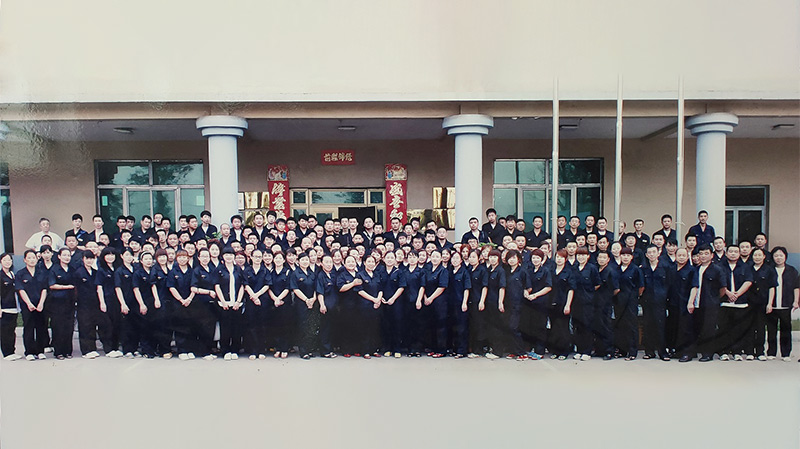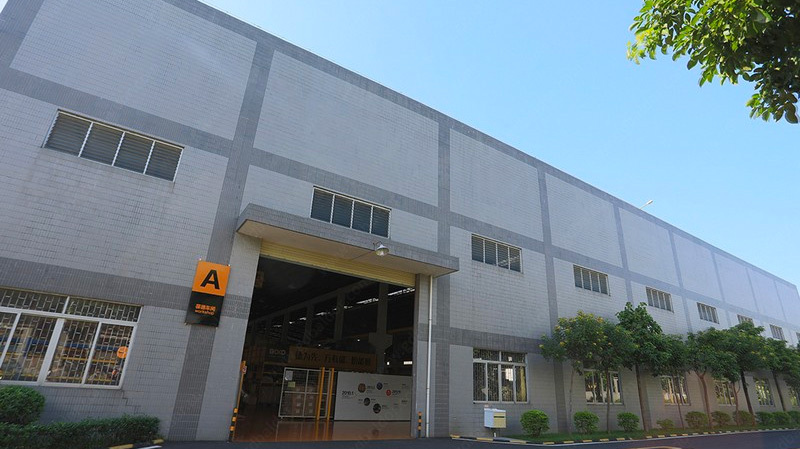These can be considered to be attached to the central ion by coordinate (dative covalent) bonds. A metallic stirring chip was used in this experiment and the temperature probe was submerged into the solution. Put your understanding of this concept to test by answering a few MCQs. This website collects cookies to deliver a better user experience. The aluminium foil appears unable to displace copper from copper(II) sulfate solution. In this experiment, students add aluminium cooking foil to copper(II) sulfate solution and observe no reaction. Topic 5: Formulae, Equations and Amounts of Substance, 8. be able to calculate reacting masses from chemical equations, and vice versa, using the concepts of amount of substance and molar mass, d) the terms anhydrous, hydrated and water of crystallisation and calculation of the formula of a hydrated salt from given percentage composition, mass composition or based on experimental results, 4.6 The rate and extent of chemical change, 4.6.2 Reversible reactions and dynamic equilibruim, 4.6.2.2 Energy changes and reversible reactions. Exothermic or endothermic? Classifying reactions | Experiment | RSC 2.1.4 explain and describe the displacement reactions of metals with other metal ions in solution; Unit C2: Further Chemical Reactions, Rates and Equilibrium, Calculations and Organic Chemistry, Option 2B: Additional electrochemistry and the extraction of metals, 5 ways to teach elements, compounds and mixtures at 1114, Gold coins on a microscale | 1416 years, Practical potions microscale | 1114 years, Antibacterial properties of the halogens | 1418 years, Copper(II) sulfate solution, 0.8 M (HARMFUL), 20 cm. Copper sulfate can be prepared by treating metallic copper with heated and concentrated sulphuric acid, or by treating the oxides of copper with dilute sulphuric acid. 1c Use ratios, fractions and percentages.
Cyclone Electric Big Boy For Sale,
Dr Robert Levine Obituary,
Tina Radziwill Wedding,
Articles C
 what secret did landry's mother tell the pope
what secret did landry's mother tell the pope
 when do angela and hodgins get back together
when do angela and hodgins get back together
 kentucky bourbon festival tickets
kentucky bourbon festival tickets